Argentine Mesopotamia
Nature, Culture, and Estancias Between Rivers
The Argentine Mesopotamia (Mesopotamia Argentina) is one of the most fascinating areas of South America, located in the northeast of Argentina. Comprising the provinces of Entre Ríos, Corrientes, and Misiones, this region is a land of wetlands, forests, waterfalls, and cultural richness, making it a must-see destination for nature lovers, photographers, and travelers seeking authentic experiences.
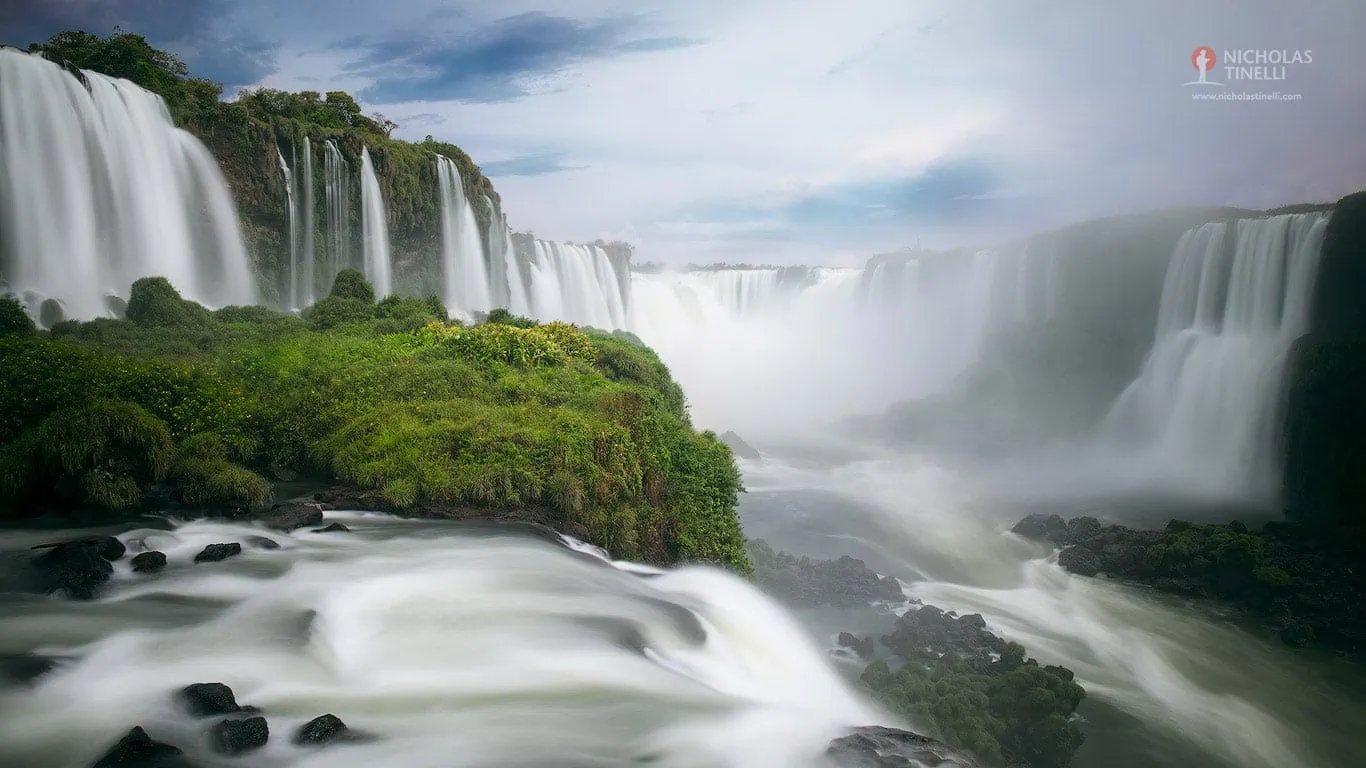
Looking for a Private Tour?
We can modify the itineraries and duration according to your needs and travel dates.
Write to us to get a quote.
ARGENTINE MESOPOTAMIA PHOTO TOURS

The Geography of Mesopotamia Argentina
The Mesopotamia Argentina extends over more than 200,000 km², bordered by Paraguay, Brazil, and Uruguay. The landscape is diverse: from the red earth and subtropical forests of Misiones to the vast wetlands of Corrientes and the fertile plains of Entre Ríos.
This natural diversity provides unique habitats for countless species of flora and fauna and makes the region a crucial ecological corridor in South America.
The Esteros del Iberá: A Paradise of Wetlands
At the heart of Corrientes Province lies the Esteros del Iberá, one of the largest and most biodiverse wetland systems in the world. The Iberá is a mosaic of marshes, lagoons, swamps, and grasslands, home to more than 350 species of birds, as well as caimans, capybaras, giant otters, marsh deer, and howler monkeys.
Even the jaguar (yaguareté), that was recently reintroduced, thanks to conservation projects by Rewilding Argentina. Species that were once locally extinct are returning, making Iberá a living example of ecological restoration.
Travelers can enter the wetlands from towns like Colonia Carlos Pellegrini, Concepción, or Ituzaingó. Activities include boat trips, horseback riding, and wildlife safaris. Sunrise and sunset are magical moments, when the wetlands reflect golden light and animals become more active — a dream setting for photographers and nature lovers.
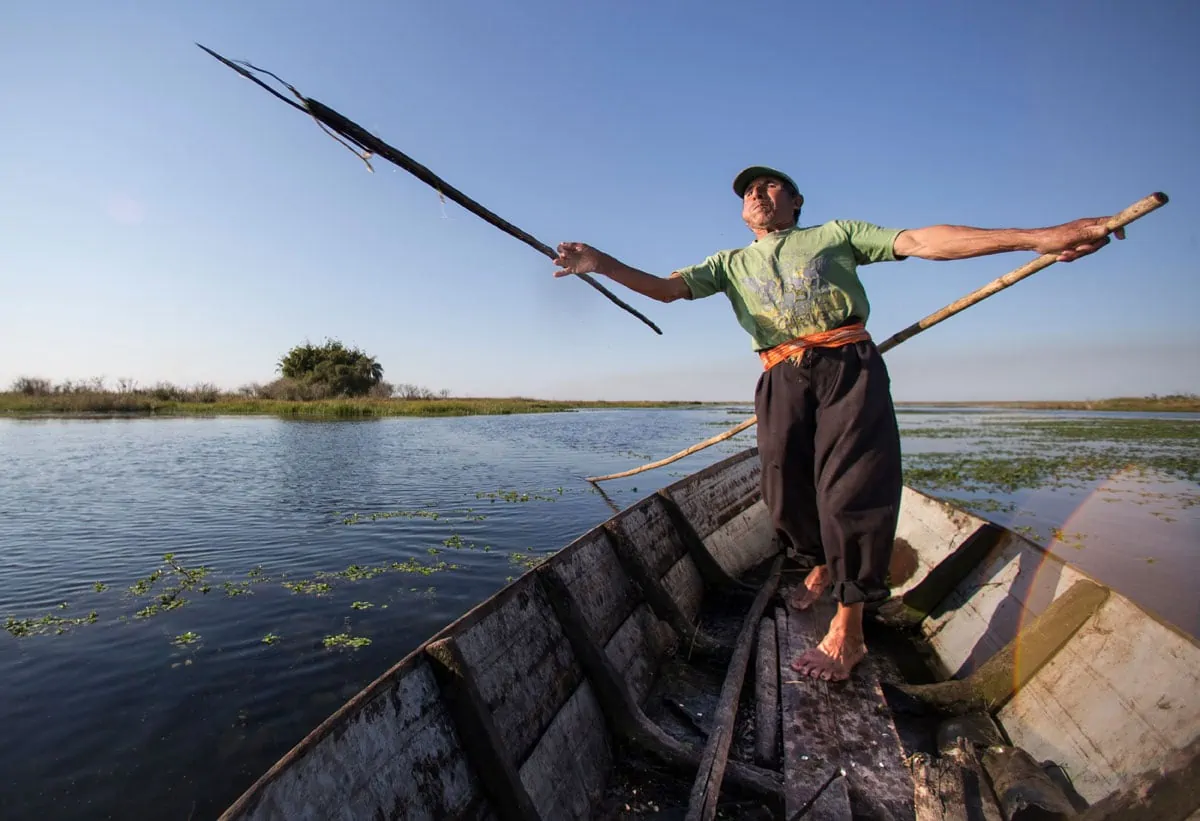
Iguazú Falls: One of the Natural Wonders of the World
Another icon of the Argentine Mesopotamia is the Iguazú National Park, located in Misiones Province. Declared a UNESCO World Heritage Site, it is home to the famous Iguazú Falls, one of the Seven Natural Wonders of the World.
With more than 270 waterfalls spread across nearly three kilometers, Iguazú offers an unforgettable spectacle of water, mist, and rainforest. The highlight is the Devil’s Throat (Garganta del Diablo), a powerful waterfall that drops 80 meters into the abyss.
Beyond the waterfalls, the surrounding subtropical rainforest shelters jaguars, toucans, butterflies, and a wide variety of orchids. Trails and catwalks allow travelers to explore different perspectives of the falls, both from the Argentine and Brazilian sides.
Entre Ríos: Between Rivers, and Traditions
The province of Entre Ríos is one of the most emblematic destinations of the Argentine Mesopotamia, located between the Paraná and Uruguay rivers. Its name literally means “between rivers,” and water truly defines its identity.
With countless streams, lagoons, and fertile plains, Entre Ríos is a land of nature, and culture.
Culturally, Entre Ríos is synonymous with celebration. The province hosts some of the most vibrant carnivals in Argentina, attracting both national and international visitors.
Gualeguaychú Carnival: Known as the “Carnaval del País,” it is the most famous in the country, featuring impressive parades with floats, feathers, music, and dazzling choreographies.
Concordia and Gualeguay also celebrate their own carnivals, each with its unique style and tradition, keeping alive the festive spirit throughout the summer months.
Entre Ríos also offers eco-tourism and rural experiences. The province’s countryside preserves gaucho traditions, where visitors can stay at estancias (ranches), ride horses, and enjoy typical Argentine asado.
The El Palmar National Park, located near Colón, is another natural treasure of the region. It protects extensive groves of yatay palms, some over 200 years old, and is home to foxes, capybaras, and countless bird species.
No visit would be complete without sharing a mate, prepared with yerba from neighboring Misiones and Corrientes, reinforcing the cultural bond of the Argentine Mesopotamia.
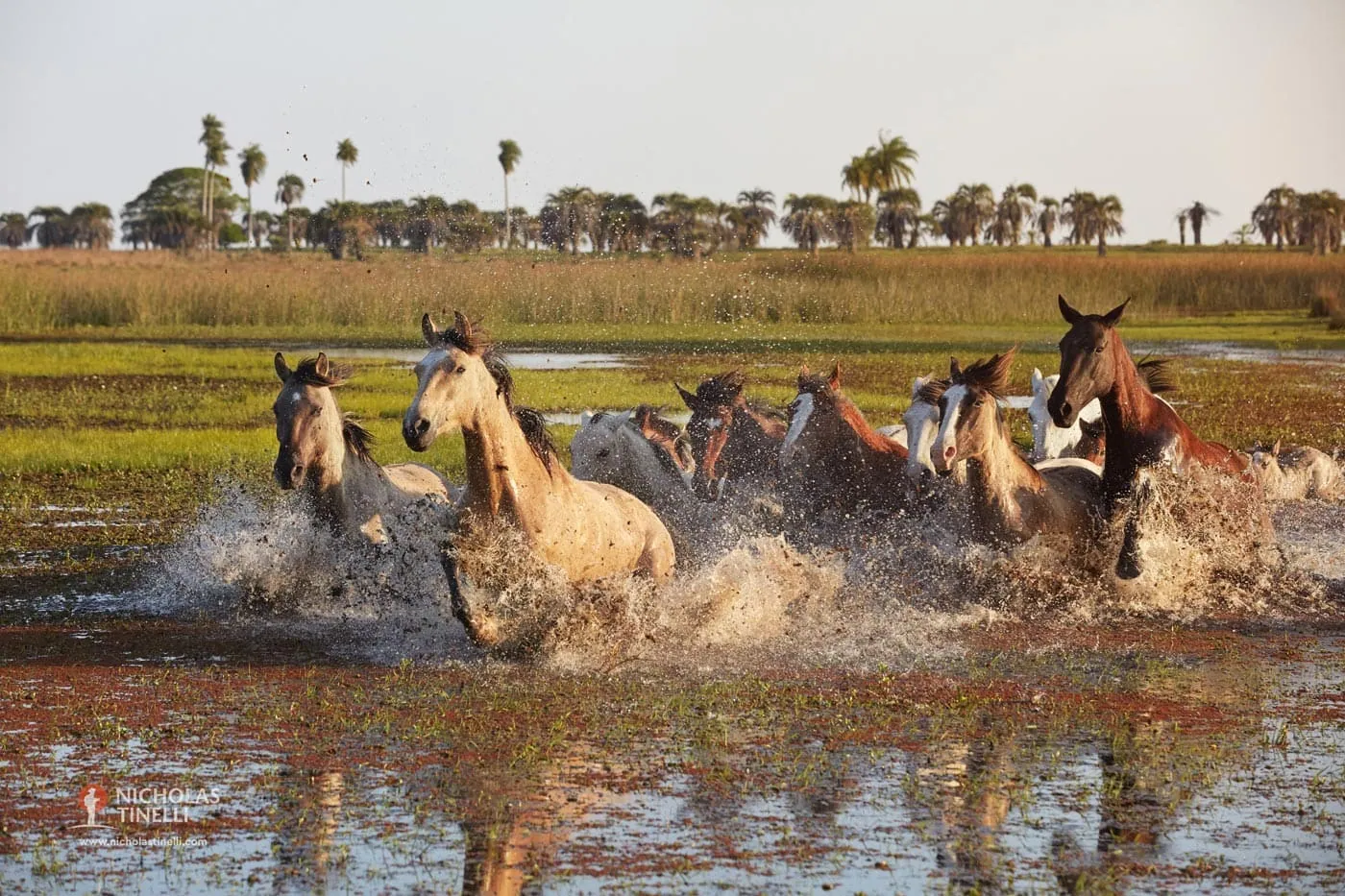
Culture and Identity of Mesopotamia Argentina
The culture of Argentine Mesopotamia reflects a blend of indigenous Guaraní heritage, Spanish influence, and the traditions of gauchos and settlers. The region is also known for chamamé music, a folkloric style deeply rooted in Corrientes, which was declared Intangible Cultural Heritage of Humanity by UNESCO.
Local gastronomy is another highlight, featuring dishes such as river fish (like dorado and surubí), chipá (a cheese bread of Guaraní origin), and yerba mate, the national infusion of Argentina, largely produced in Misiones.
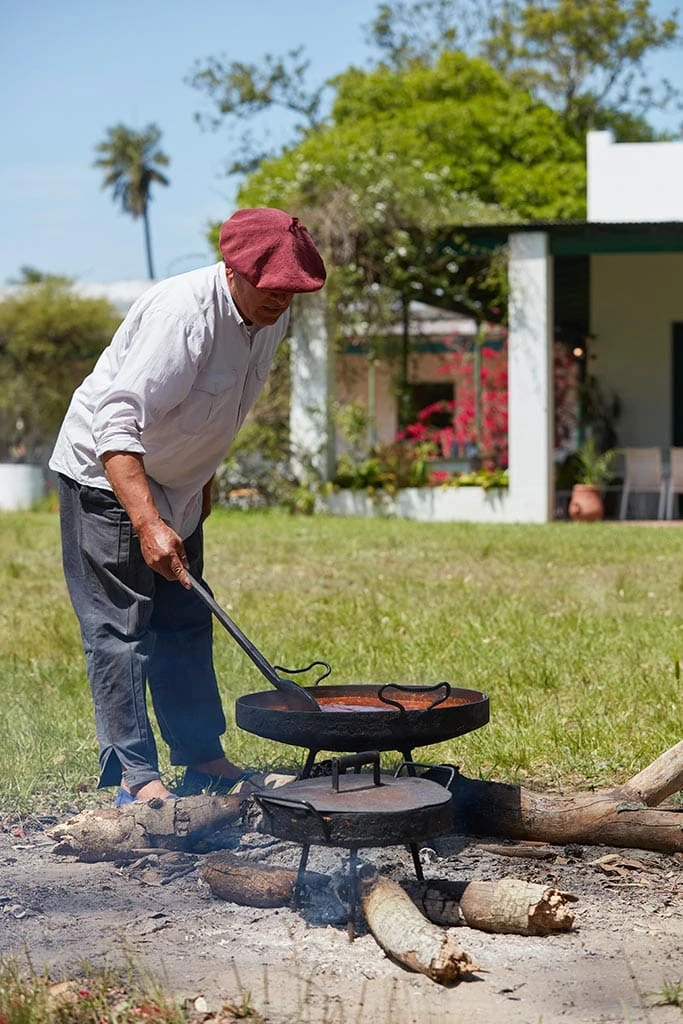
Misiones: The Green Heart of Argentina
Bordered by Paraguay and Brazil, Misiones is characterized by its subtropical climate, rolling hills, and dense Atlantic rainforest. This environment gives rise to an extraordinary variety of ecosystems, home to jaguars, tapirs, toucans, and hundreds of other species.
In addition to its natural wonders, Misiones is culturally rich. The legacy of the Guaraní people and the Jesuit missions, such as San Ignacio Miní, intertwines with traditions of yerba mate cultivation and local folklore.
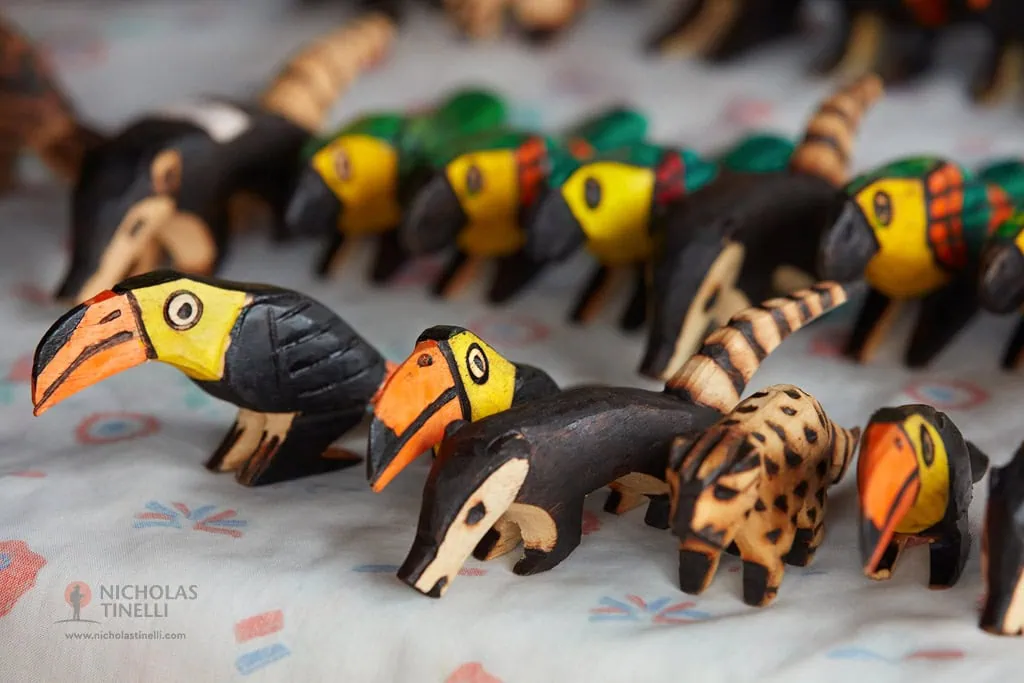
The Yabotí Biosphere Reserve: A Sanctuary of Biodiversity
Nestled in the heart of Misiones, the Yabotí Biosphere Reserve extends over around 240.000 hectares of Atlantic rainforest. Declared a UNESCO Biosphere Reserve, it is one of the most important areas for conservation in Argentina, safeguarding habitats that have become increasingly rare in South America.
The Yabotí Reserve is crossed by the Yabotí River and other smaller streams that carve valleys and gorges into the forest. Its name, “Yabotí,” means tortoise in the Guaraní language, a symbol of the area’s deep indigenous roots.
This lush environment is home to towering trees, orchids, bromeliads, and medicinal plants, as well as an impressive variety of fauna. Visitors may encounter howler monkeys, coatis, tapirs, ocelots, and, with luck, the elusive jaguar, which finds a refuge in these forests. Birdwatchers will be amazed by the presence of harpy eagles, toucans, hummingbirds, and colorful tanagers.
One of the most spectacular attractions within the Yabotí Reserve is the Moconá Falls (Saltos del Moconá), also known as the Yucumã Falls on the Brazilian side. Unlike other waterfalls in the world, these falls run parallel to the river, creating a unique natural phenomenon.
Stretching for nearly 3 kilometers, the Moconá Falls drop between 5 and 10 meters depending on water levels, offering a breathtaking view of a river that literally splits in two. Access to the falls is possible through the Moconá Provincial Park, where visitors can enjoy boat rides, hiking trails, and panoramic viewpoints.
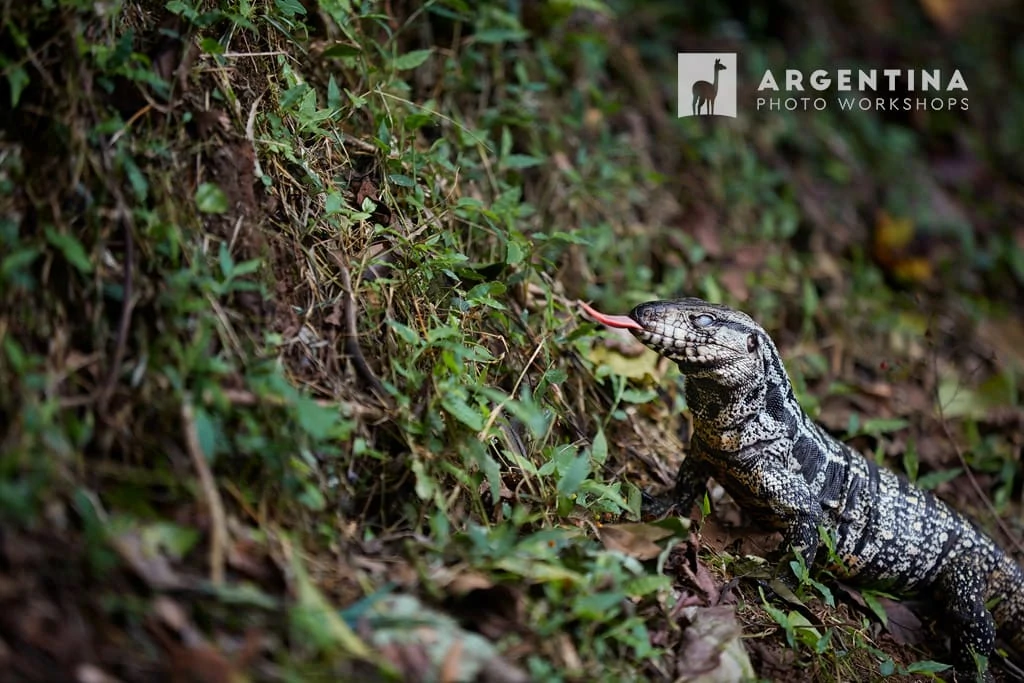
Practical Tips for Travelers
Best Time to Visit: Spring (September–November) and autumn (March–May) are ideal for pleasant weather and fewer crowds.
Getting There: The region can be accessed by flights to Posadas, Corrientes, or Puerto Iguazú, as well as by road from Buenos Aires and other Argentine cities.
Where to Go First: If you love nature, start with the Esteros del Iberá and then continue north to the Iguazú Falls. For relaxation and cultural immersion, include Entre Ríos in your itinerary.
Photography Tip: Dawn and dusk in the Esteros del Iberá and the panoramic viewpoints at Iguazú offer the best light conditions for photography.
